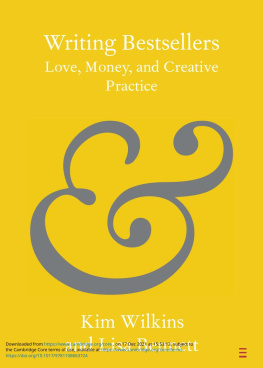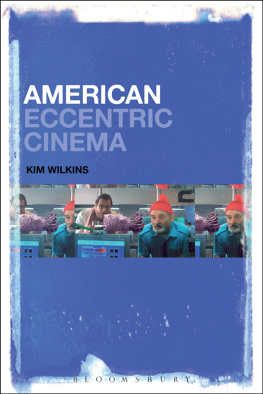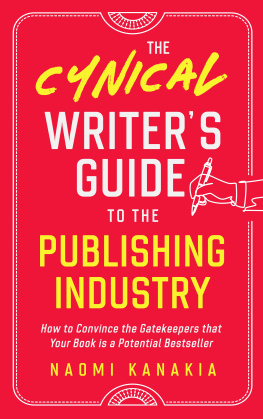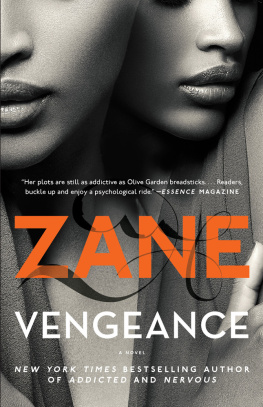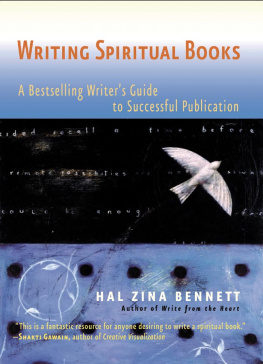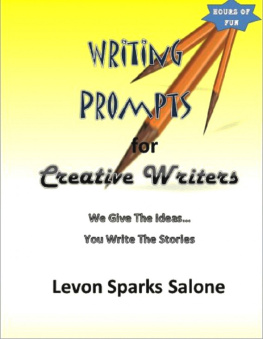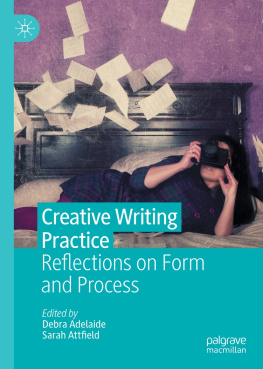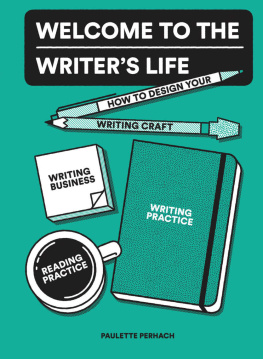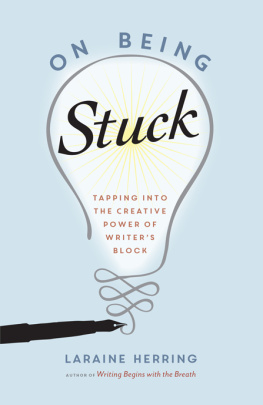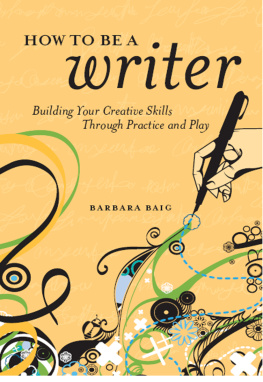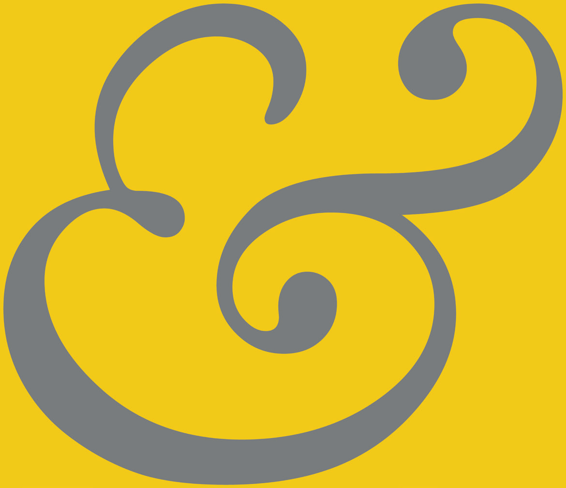
While the term bestseller explicitly relates books to sales,
WILKINS
commercially successful books are also products of individual
Writing Bestsellers
creative work. This Element presents a new perspective on
AN
the relationship between art and the market, with particular
d B
Love, Money, and Creative
reference to bestselling writers and books. We examine some
ENNETT
existing perspectives on arts relationship to the marketplace
Practice
to trouble persistent binaries that see the two in opposition; we
break down the monolith of the marketplace by thinking of it
as made up of a range of invested, non-hostile participants such
as publishing personnel and readers; we articulate the material
dimensions of creative writing in the industry through the
words of bestselling writers themselves; and we examine how
Writing Bestseller
the existence of bestselling books and writers in the world of
letters bears enormous infuence on the industry, and on the
practice of other writers.
s
Cambridge Elements in Publishing and Book Culture
Series Editor:
Samantha Rayner
University College London
Associate Editor:
Leah Tether
University of Bristol
Publishing and Book Culture
Bestsellers
Kim Wilkins
ISSN 2514-8524 (online)
ISSN 2514-8516 (print)


Elements in Publishing and Book Culture
edited by
Samantha Rayner
University College London
Leah Tether
University of Bristol
WRITING BESTSELLERS
Love, Money, and Creative Practice
Kim Wilkins
University of Queensland
Lisa Bennett
Flinders University
University Printing House, Cambridge CB2 8BS, United Kingdom One Liberty Plaza, 20th Floor, New York, NY 10006, USA
477 Williamstown Road, Port Melbourne, VIC 3207, Australia
314321, 3rd Floor, Plot 3, Splendor Forum, Jasola District Centre, New Delhi 110025, India
103 Penang Road, #0506/07, Visioncrest Commercial, Singapore 238467
Cambridge University Press is part of the University of Cambridge.
It furthers the Universitys mission by disseminating knowledge in the pursuit of education, learning, and research at the highest international levels of excellence.
www.cambridge.org
Information on this title: www.cambridge.org/9781108725637
DOI: 10.1017/9781108663724
Kim Wilkins and Lisa Bennett 2021
This publication is in copyright. Subject to statutory exception
and to the provisions of relevant collective licensing agreements, no reproduction of any part may take place without the written
permission of Cambridge University Press.
First published 2021
A catalogue record for this publication is available from the British Library.
ISBN 978-1-108-72563-7 Paperback
ISSN 2514-8524 (online)
ISSN 2514-8516 (print)
Cambridge University Press has no responsibility for the persistence or accuracy of URLs for external or third-party internet websites referred to in this publication and does not guarantee that any content on such websites is, or will remain, accurate or appropriate.
Writing Bestsellers
Love, Money, and Creative Practice
Elements in Publishing and Book Culture
DOI: 10.1017/9781108663724
First published online: September 2021
Kim Wilkins
University of Queensland
Lisa Bennett
Flinders University
Author for correspondence: Kim Wilkins,
Abstract: While the term bestseller explicitly relates books to
sales, commercially successful books are also products of
individual creative work. This Element presents a new
perspective on the relationship between art and the market,
with particular reference to bestselling writers and books. We
examine some existing perspectives on arts relationship to the
marketplace to trouble persistent binaries that see the two in
opposition; we break down the monolith of the marketplace by
thinking of it as made up of a range of invested, non-hostile
participants such as publishing personnel and readers; we
articulate the material dimensions of creative writing in the
industry through the words of bestselling writers themselves;
and we examine how the existence of bestselling books and
writers in the world of letters bears enormous influence on the
industry, and on the practice of other writers.
This Element also has a video abstract: www.cambridge.org/
writingbestsellers
KEYWORDS: bestsellers, creativity, writing, publishing, mutualism
Kim Wilkins and Lisa Bennett 2021
ISBNs: 9781108725637 (PB), 9781108663724 (OC)
Contents
Introduction
The Bestselling Writer Paradox
Behind the Magicians Curtain
Bestselling Writers and Their Influence on Industry
Conclusion
Bibliography
Writing Bestsellers
Introduction
James Patterson writes books. So does Nora Roberts. Danielle Steel writes them on an old typewriter; George R. R. Martin uses a DOS-based word-processing application called Wordstar. Each of them, along with every other bestselling writer on Forbes lists, is a flesh-and-blood human located within a specific set of social and material relations, engaged in the mental and physical labour of getting ideas out of their imaginations and onto a page. While the term bestseller explicitly relates books to sales, commercially successful books are also products of individual creative work: that is,
bestsellers are people as much as products. Our interest lies in the material conditions of writers and their creative writing, and specifically the influence of the market on the creation of new works. This Element therefore presents a new perspective on the relationship between art and the market, with particular reference to bestselling writers and books.
The view that art (conceived broadly) and commerce are uncomfortably related is a widely held one. According to A. O. coined the term hostile worlds
to describe a view that advocates a division between sacred/intimate and profane/instrumental spheres because, essentially, money can contaminate, trivialise, and/or devalue the meaning of private pleasures. Building on Zelizers work, Olav Velthuis writes at length about the hostile worlds
view and the detrimental effects of the confrontation between the logic of the arts and the logic of capitalist markets (: 25). But what if we put aside for a while the notion that art is delicate or corruptible or vulnerable to strip-mining? What if we imagine
Publishing and Book Culture
it is not only robust enough to withstand commercial pressure, but that it also has the potential to adapt and be energised by it, or even to shape commercial processes?
In Australia, where we live, bushfires engulf eucalypt forests every year.
But after a fire, eucalypt forests thrive. And it isnt simply that the trees have adapted to fiery conditions; they are an active participant in those conditions, with their papery bark, crackling leaf fall, and combustible oil. When a conflagration roars through the forest, it looks to the casual observer like annihilation. Fire is ferocious, powerful, difficult to reckon with. Yet, soon enough thick green shoots appear on the black trunks and the understory bristles with saplings. Fire changes the forest, but that change is not wholly (or even necessarily) negative. Could art works in this case, stories be similarly resilient, working with the forces of the market rather than being subject to the markets predation?
Next page
